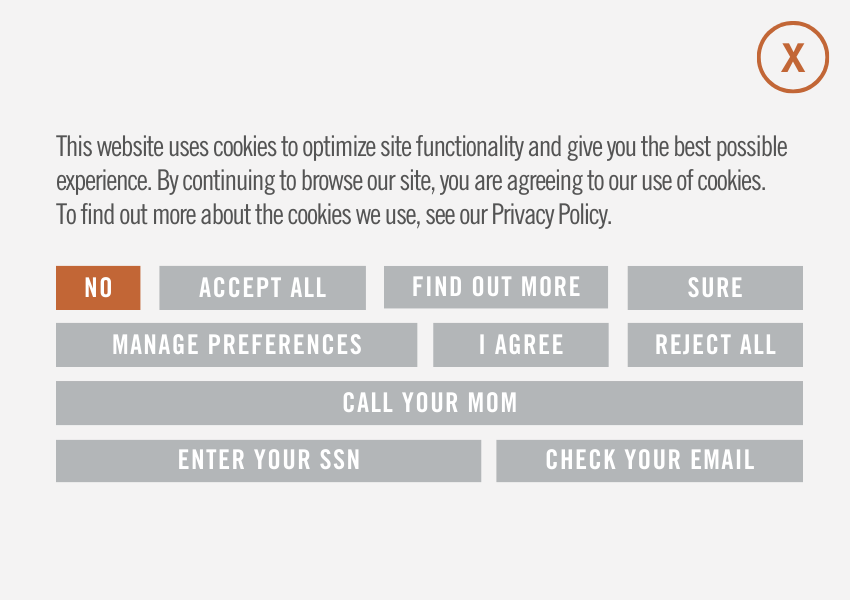Digital Marketing For Dummies
For years marketing was primarily outbound. This means companies made advertisements and released them to the general public in hopes of ”catching” some customers in a wide “net”. This approach made it easy for marketers to reach a large audience, but hard for them to see how successful these ads were. Basically, they knew how much money was spent on ads and how much was made back, but they couldn’t tell you the return on those ads.
In today’s digital world, many marketers have begun to focus on inbound marketing strategies. Inbound marketing is when companies take their content and tailor it to fit the interests and needs of their target audience, so that customers find the company organically. This is done through blogging, social media, emails, and website content.
This type of marketing makes it easier to see where customers come from and what they are looking at once they find you. However, being able to track this information is only half the battle. To get the most out of your digital marketing, you need to know which metrics to track and how you measure up against the competition. So, here is a guide showing exactly how to do that:


Let’s Break That Down.
SEO
SEO, or search engine optimization. This is how well a website or content ranks when placed in a search engine, like Google. Things that bring a website closer to the front page of a search engine are: keywords, amount of content on a particular topic, promotions, and relevant links.
Over the course of a month, a company should have 4-6 blog posts created. This is around 3,000 words in that month. This much content allows for more long tail keywords. This helps increases SEO ranking. However, the sheer amount of content also increase SEO ranking because Google views more information in a piece on a particular topic as more legitimate and boosts its listing in the search engine.
This one is pretty simple, send people emails. However, it doesn’t end there. A company should be tracking these emails to see which ones are being opened and how many lead people to their websites. This is essential to finding what content contacts want to receive. Emails can lead to customers given the right content.
Ideally, 3-4 emails should be sent out to contacts per month. ‘That’s too many’ you might say! But as long as important or interesting information is being given, this is the best number before ’email fatigue’ sets in and contacts begin to unsubscribe.
However, if it seems like your contacts and customers don’t like this much email attention then open and click rates will tell how well an email strategy is going. This might be a surprise. More on that to come.
LEADS
Leads are when people give information to receive content. They’re on the hook, i.e. they’ve showed interest in a company’s work, and now that company has a more direct means to reach them.
The whole idea of emails and content is for a click through, which become a lead! This is a crucial point to converting someone into a customer. About 40 potential leads a month is ideal for 2-3 new customers. Make sure the content being produced is interesting enough to entice people to offer up their information to become a lead!
RATES
Rates are the numbers that tell what exactly potential customers are doing with content and for how long. This is the best indicator of what content and strategies are working. Are rates increasing after blogs are posted or emails are sent out? Should either be increased or decreased? Does a website design make people want to continue clicking through?
Rates tell us everything we need to know about what potential customers like and don’t like.
CAC
CAC means cost to acquire customer. This tells if the marketing budget is justified based on business. Are you receiving more from customers than you’re spending trying to get them?
To figure this out just take the marketing budget and divide that by the number of paying costumers received.
ROI
ROI is the return on investment. This is the magic number! Are we making back the money we’ve spent overall? Are we making more? This is the whole point, after all.
In a time crunch? Check out the metrics your boss actually cares about.






